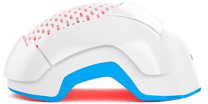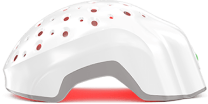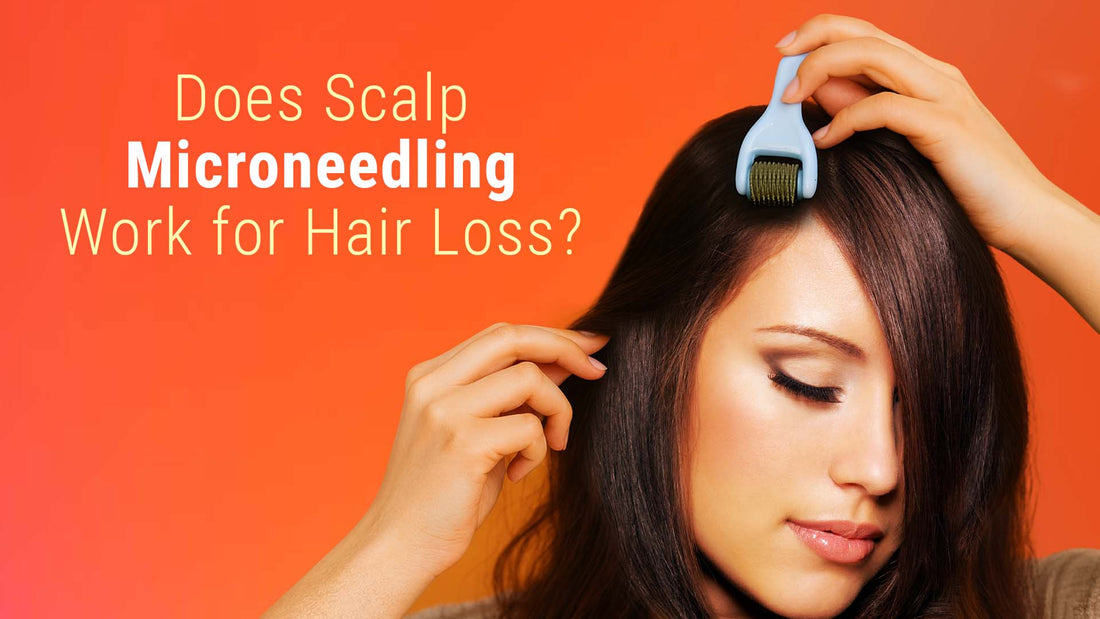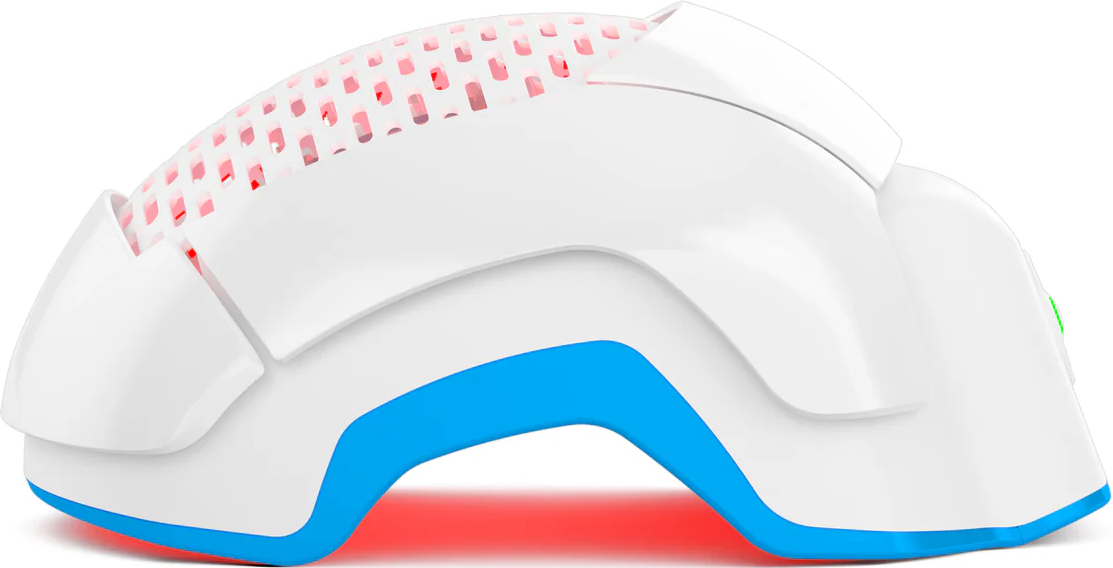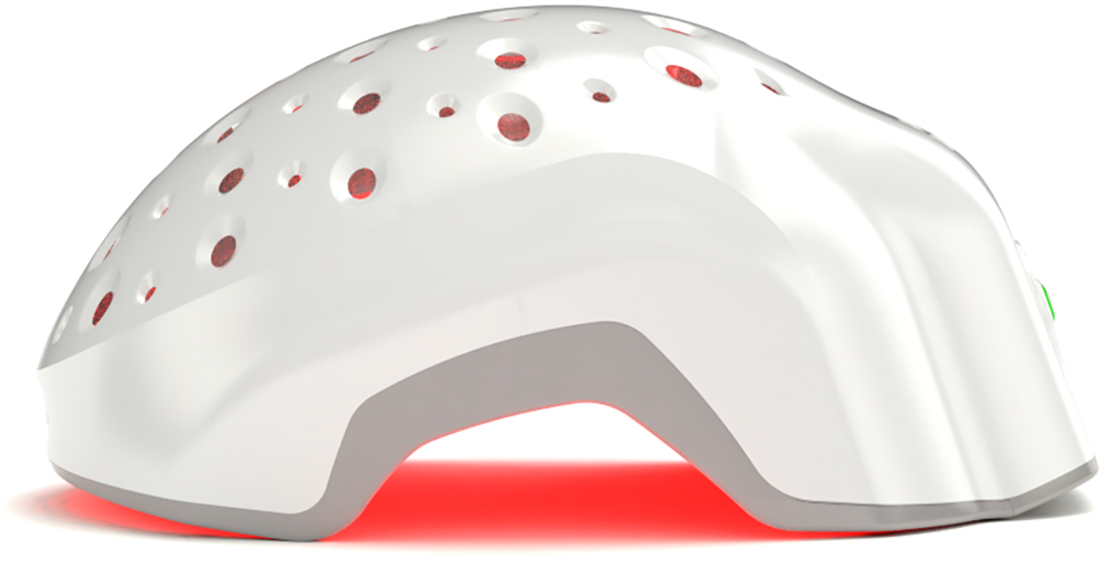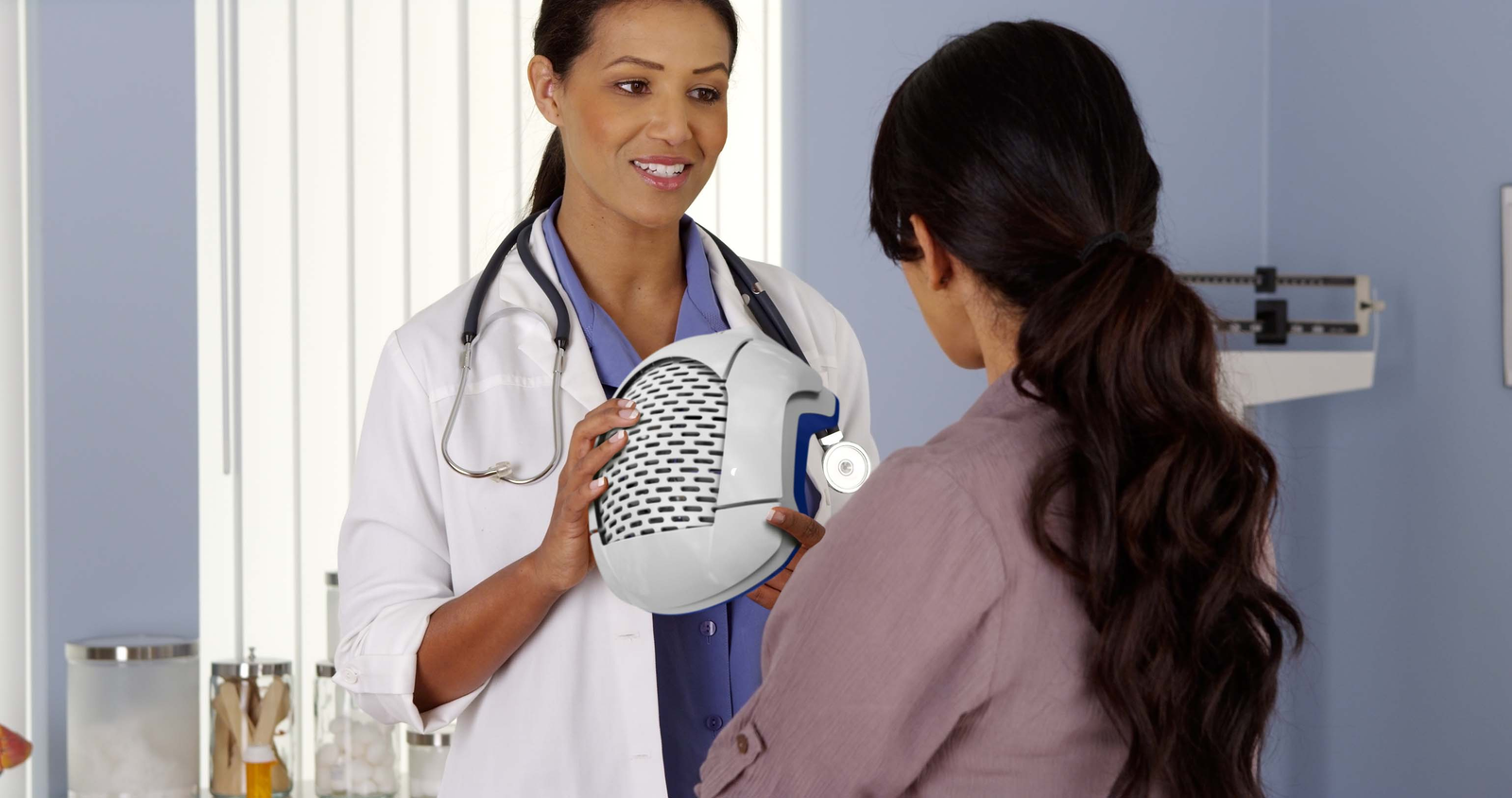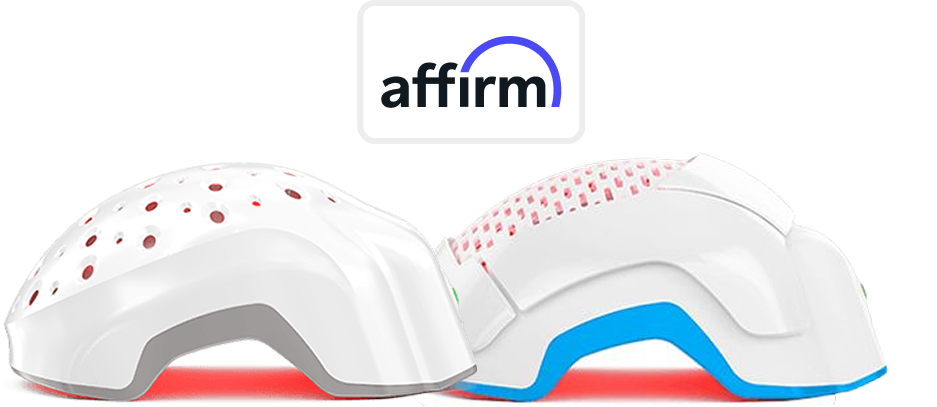Hair loss has this uncanny way of sneaking into our lives. First, it’s a few extra strands on the pillow. Then, a widening part in the mirror that you swear wasn’t there last month. And suddenly—search bars filled with desperate questions like “Does microneedling really help hair grow back?”
Scalp microneedling for hair loss has leapt from niche dermatology offices into mainstream curiosity. Clinics market it as a low‑invasive, collagen‑boosting, hair‑awakening miracle. Social media? Well… it shows thousands of shiny before‑and‑afters. But hype and evidence rarely hold hands without a few arguments in between.
Here’s what we’ll do: pull apart the science, explore who it actually helps, and—just as importantly—who probably shouldn’t bother.
What is Scalp Microneedling? (And How Does It Work?)
Imagine a tiny spiked roller (or in clinical settings, a pen device) gliding across the scalp. Not painful, exactly. More like a micro‑sting. That’s scalp microneedling (also known as scalp micropigmentation). Its purpose is to create controlled micro‑injuries in the skin so that your body’s natural healing response wakes up and says, “Hmm, let’s send growth factors here.”
But the trick isn’t just wounding skin for fun. When done correctly, microneedling initiates:
-
Wound Healing Activation – These tiny punctures trigger platelet aggregation and the release of growth factors like VEGF (vascular endothelial growth factor), which can improve blood flow around dormant follicles.
-
Collagen and Elastin Production – The scalp’s extracellular matrix thickens over time, potentially providing a more “hospitable” environment for hair growth.
-
Enhanced Topical Absorption – Many dermatologists combine microneedling with minoxidil (or experimental growth serums) because the channels improve penetration by several fold.
A 2013 randomized trial in the International Journal of Trichology observed that men with androgenetic alopecia using microneedling plus 5% minoxidil achieved significantly higher hair regrowth than minoxidil alone. Later analyses echoed this, though results depend on proper needle depth (usually 0.6–1.5 mm) and regular sessions over several months.
Still, let’s be real: microneedling is no magic wand. Its effects appear modest without combination therapy. Overuse or improper technique can backfire… like scarring or infection. Professional guidance matters.
Which Types of Hair Loss Respond to Microneedling?
Not all shedding is the same. If we’re talking about scalp microneedling for hair loss, context is king because hair loss comes in flavors… some reversible, some stubbornly genetic.
1. Androgenetic Alopecia (AGA)
This is the textbook “male pattern baldness” (or its female counterpart, which is sneakier and diffuse). Research favors microneedling here. Multiple trials, including a 2020 meta‑analysis in Dermatologic Therapy, concluded that combining microneedling with minoxidil or platelet‑rich plasma (PRP) outperformed either treatment alone. Why? Because AGA involves miniaturized follicles that can still be coaxed back into activity.
2. Alopecia Areata
Here, the immune system attacks hair follicles. The data is early and… wobbly. A few case studies show promise when paired with corticosteroids, but randomized controlled trials are sparse. It’s experimental territory at best.
3. Telogen Effluvium (Stress or Post‑Illness Shedding)
Usually temporary. Microneedling is rarely the first line because the follicles aren’t damaged—they’re just “resting.” Nutritional and hormonal correction matters more.
Also Read: How to stop telogen effluvium?
4. Scarring Alopecias
Conditions like lichen planopilaris or discoid lupus cause permanent hair destruction. Microneedling likely won’t revive follicles that are biologically gone. Some dermatologists cautiously explore it for adjacent areas, but evidence is nearly absent.
Reflecting on these distinctions, the pattern emerges: microneedling works best when follicles are alive but lazy, not when they’re immune‑obliterated or scarred away.
And patients often self‑diagnose. A guy might think he has stress‑related shedding, but in reality, it’s early AGA. That’s why dermatologists stress scalp evaluation and sometimes dermoscopy before you start poking your head with needles.
So yes, some hair loss types respond beautifully to microneedling, others shrug, and a few just ignore it entirely. The next logical question is… how often and how deep should those needles go?
What Does the Science Actually Say? (Clinical Evidence)
Clinical research on scalp microneedling is, honestly, a fascinating mix of cautious optimism and surprising results. Studies from dermatology journals in the last decade consistently show that microneedling can stimulate hair growth—though, as with most things in medicine, the how is still partially a mystery. One widely cited randomized study in 2013 compared patients using only minoxidil versus those combining minoxidil with weekly microneedling. The second group experienced nearly four times the hair count increase. That’s… significant.
Another trial out of India observed similar results with androgenetic alopecia, where participants treated with microneedling and topical solutions displayed visibly denser hair coverage within 12 weeks. (Twelve weeks isn’t long, if you think about how slowly hair grows.)
But most studies are small, often under 100 participants, and follow-up durations can be short. Anecdotally, dermatologists report seeing better patient compliance when microneedling is paired with existing treatments like PRP or minoxidil. So, is it a miracle cure? Probably not. A compelling adjunct therapy? Very likely.
And one can’t help wondering—if such modest interventions yield measurable results now, what happens when device precision and adjunct formulations improve over the next five years?
Treatment Protocols – Depth, Frequency, and Duration
Here’s where things get tricky. There isn’t a single, universally agreed-upon protocol for scalp microneedling, which means guidance often leans on both emerging data and expert consensus.
In most clinical studies, microneedle lengths between 0.5 mm and 1.5 mm are used. Shorter needles (around 0.5 mm) tend to focus on improving topical absorption, while the slightly longer range (1.0–1.5 mm) is designed to stimulate deeper dermal regeneration. Anything beyond that is generally unnecessary—and frankly riskier—for home use.
Frequency: Weekly sessions are common in research settings, although some dermatologists recommend starting biweekly for sensitive scalps. Visible changes often emerge after 8–12 weeks, but many protocols extend for 6 months or more to sustain follicular stimulation.
Duration is more of a patience game. Even with perfect adherence, hair cycles move slowly, so expecting dense regrowth in a month is unrealistic. (And yes, a lot of patients give up too early.)
Safety and Side Effects
Microneedling is generally considered low-risk when performed correctly, but “low-risk” doesn’t mean zero. Common side effects include mild erythema (redness), pinpoint bleeding, transient scalp tenderness, and occasional flaking or dryness. These usually resolve within 24–48 hours.
In rare cases, infections or folliculitis can occur—almost always linked to poor hygiene or overaggressive technique. That’s why both dermatologists and cautious at-home users emphasize sterilization and avoiding shared devices.
Overuse is another pitfall. Pressing too hard or treating too frequently can actually inflame the scalp and stunt growth temporarily. Ironically, doing less often yields better long-term results.
And for anyone with existing scalp conditions (psoriasis, eczema, or open wounds) microneedling is a clear “not yet.” Always best to consult a specialist first.
Funny enough, the most underrated risk is impatience. Microneedling is subtle, progressive, and cumulative. If you treat it like an overnight miracle, frustration sets in fast… and that’s when shortcuts (and complications) happen.
Microneedling Alone vs Combination Therapy
The debate is oddly persistent. Should microneedling stand on its own, or does it truly shine only when paired with other treatments like platelet-rich plasma (PRP), radiofrequency (RF), or topical serums? Clinical evidence leans toward a nuanced answer (and perhaps a frustrating one). Microneedling alone can stimulate collagen remodeling effectively, but results may plateau—especially in stubborn cases of deep acne scars or significant photoaging.
Let’s consider PRP.
Several studies indicate that combining microneedling with PRP accelerates tissue repair and improves skin elasticity faster than microneedling alone. Patients often report reduced downtime and a subtle “glow” that single-modality therapy rarely delivers. Yet, not every individual notices a dramatic difference, which raises the question: is it a placebo effect in some, or simply biology doing its quiet work?
Radiofrequency-assisted microneedling (RF-MN) is another level entirely. By introducing controlled thermal energy into the dermis while maintaining the micro-injury benefits of standard needling, RF treatments can deliver visibly firmer, smoother skin. But—and this is an important but—the technique requires precise calibration. Too aggressive, and you risk prolonged erythema or textural irregularities. Too gentle, and the touted synergy disappears.
Interestingly, anecdotal reports sometimes suggest that simpler is better. Patients who stick with traditional microneedling, spread out over consistent sessions, often report satisfaction equal to or greater than combination protocols—especially those wary of added costs or extended downtime. Could that be a psychological comfort in “natural healing,” or is there a genuine physiologic threshold where more intervention is unnecessary? Probably both.
Another intriguing pairing is scalp microneedling with Laser Phototherapy (LPT). While microneedling works by creating micro-channels and activating wound-healing cascades, LPT stimulates follicular metabolism at the cellular level—boosting ATP production and encouraging follicles to re-enter the growth phase.
The two mechanisms are complementary. Microneedling enhances topical absorption and collagen remodeling, while LPT provides consistent, non-invasive photobiostimulation that supports both stabilization and regrowth. Emerging clinical reports suggest patients who combine these therapies often notice earlier improvements in hair density compared to either approach alone.
And importantly, LPT is FDA-cleared, safe for at-home use, and designed for both men and women with androgenetic alopecia—making it a practical long-term partner alongside in-clinic microneedling sessions.
In truth, the “best” approach depends heavily on skin type, scar depth, and lifestyle constraints. So, it’s best to consult with a dermatologist or trichologist. If budget and recovery windows allow, combination therapy typically yields faster, more pronounced improvements. But a steady, well-planned microneedling regimen alone can still create impressive transformations over time. (Patience, after all, is underrated in cosmetic dermatology.)
Cost, Accessibility, and Patient Experience
Let’s be honest: microneedling is not always a budget-friendly journey. A single session may range from modestly priced at a local med spa to borderline shocking in upscale clinics—especially when bundled with PRP or RF. Multiply that by the 3–6 sessions often recommended, and the financial weight becomes clear.
Accessibility varies widely. Urban centers bristle with options, while smaller towns may offer only basic dermaroller services, which are far less precise than motorized pens or RF devices. Some patients travel (yes, even hours) to reach clinics with advanced protocols. And that alone adds an experiential dimension: the ritual of planning, commuting, and mentally preparing for the sting of needles.
From a patient's perspective, the experience is surprisingly tolerable. Most describe it as mildly uncomfortable rather than painful, with topical numbing cream doing the heavy lifting. Post-treatment sensations range from a warm flush to a tight, sunburn-like feeling. Recovery is usually swift, though social downtime can last a couple of days if visible redness or swelling lingers.
Interestingly, patient satisfaction often correlates as much with the “feel” of the journey as with the results. Clinics that communicate clearly about expectations, recovery, and maintenance tend to see happier clients—even when results are gradual. Conversely, rushed or impersonal encounters can sour the experience, no matter how technically successful the treatment is.
One subtle factor that often goes unmentioned: the psychological lift. Engaging in any intentional skin treatment can feel like an act of self-affirmation. Whether solo microneedling or a high-tech RF-PRP combo, the ritual itself reinforces a narrative of care and renewal. And maybe that is part of why people return for session after session, even before the collagen has fully bloomed beneath the surface.
Who Should Avoid Scalp Microneedling?
Scalp microneedling, while generally considered safe, isn’t for everyone. There are situations (sometimes obvious, other times a bit hidden) where pushing tiny needles into your scalp is not just unhelpful, it’s a bad idea.
If you have active scalp infections, open wounds, or skin conditions like psoriasis or eczema flaring on your head, you should step away. The needles can spread bacteria or worsen irritation. People with bleeding disorders or those on blood-thinning medications also face a higher risk of prolonged bleeding or bruising (even small pricks can surprise you with how much they ooze).
Here’s a nuance many overlook: individuals prone to keloid formation—those thick, ropy scars that overgrow—should think twice. Microneedling creates controlled injuries, and if your skin tends to overreact, you could end up with more harm than help.
And then there are the subtler cases. If you’ve recently had hair transplant surgery or aggressive chemical treatments, your scalp needs time to heal. Even overenthusiastic home rollers (yes, the DIY kits online can be tempting) can cause microtears if used incorrectly.
Sometimes, people ask, “What if I just try a gentle session and see?” Tempting, but risky if your scalp is compromised. It’s better to consult a dermatologist first, especially if there’s any uncertainty. After all, no one wants to trade thinning hair for chronic scalp problems.
Conclusion
So, after all the needles, serums, and hopeful mirror checks… does scalp microneedling actually work? In many cases, yes—but with caveats. Studies and real-world reports suggest it can stimulate dormant follicles and enhance the penetration of growth serums, often resulting in thicker, healthier-looking hair over months. Notice the word months. This is not a two-weeks-to-luscious-locks kind of deal.
It works best for people with early to moderate hair thinning, rather than complete baldness. And it shines when paired with treatments like minoxidil or PRP. Alone, it’s like planting seeds in decent soil. Combined, it’s more like fertilizing and watering the garden.
But results vary. Some see subtle thickening, others achieve visible regrowth, and a few (despite doing everything right) notice very little. Patience, consistent aftercare, and realistic expectations make the difference between satisfaction and disappointment.
If we circle back to the core question—is it worth trying?—the answer leans toward yes, for most. Just ensure your scalp is healthy, your expectations are grounded, and maybe, keep a photo log. (It’s oddly encouraging to notice changes you’d miss day-to-day.)
In the end, scalp microneedling isn’t a miracle, but it’s far from snake oil. For the right person, it can be the quiet, persistent ally in the long game of hair restoration. And maybe that’s enough.


